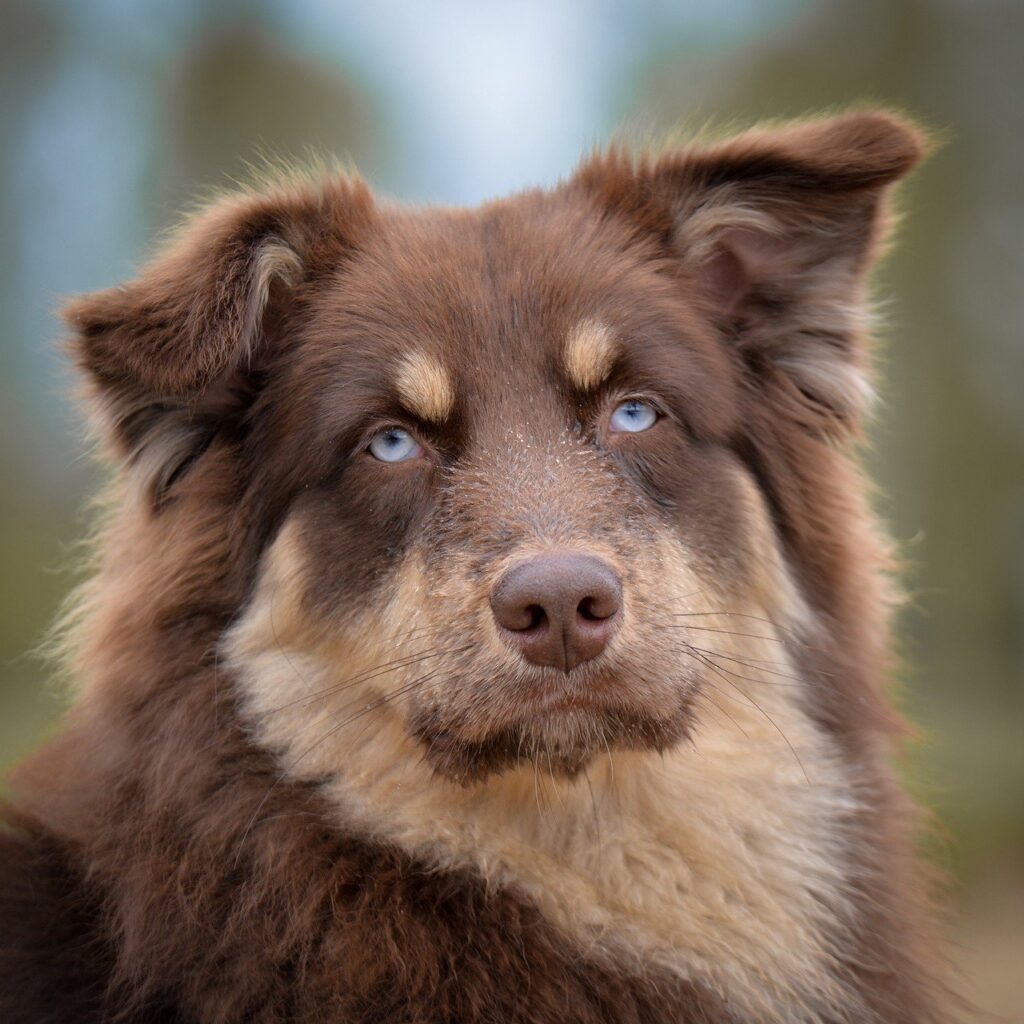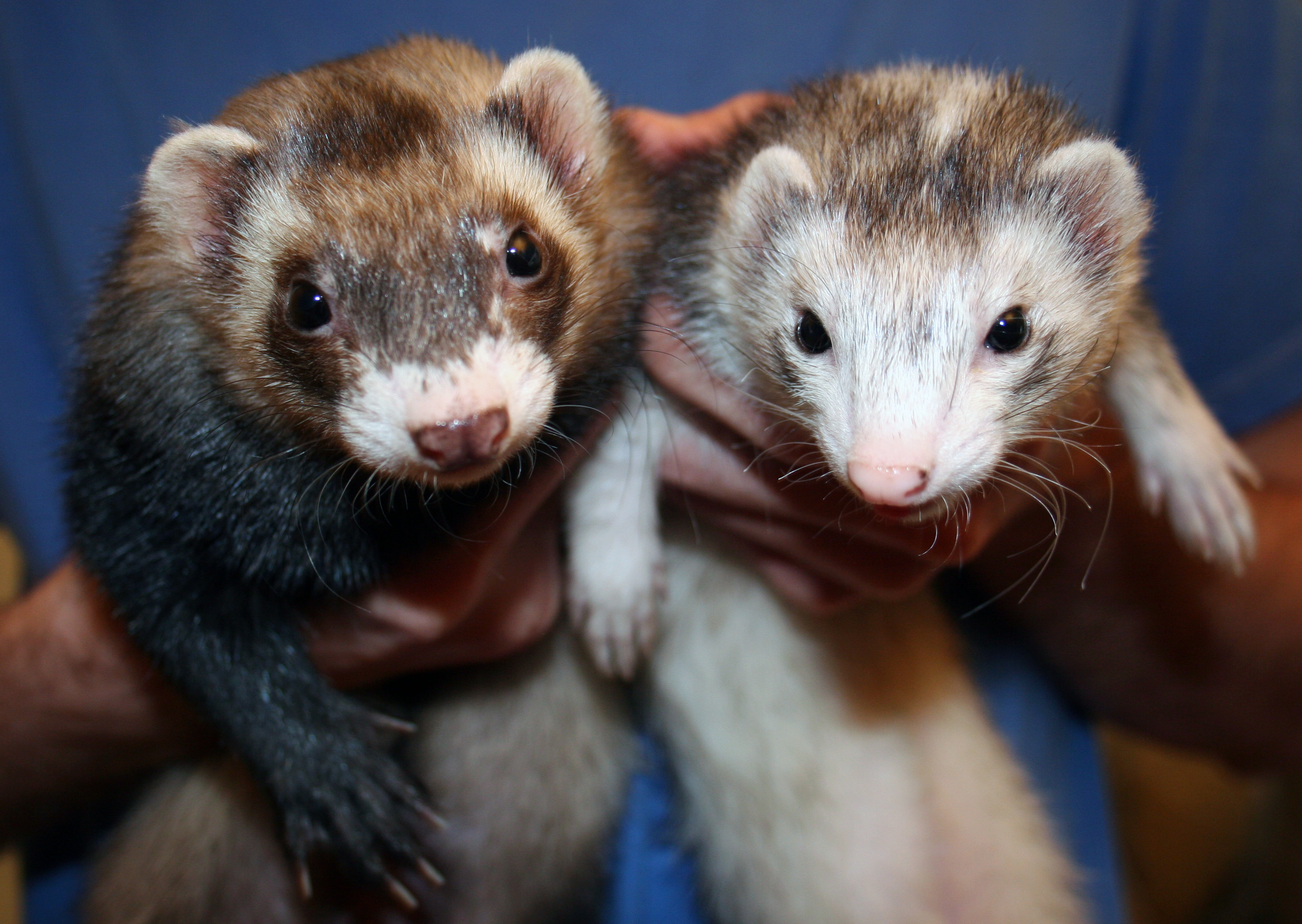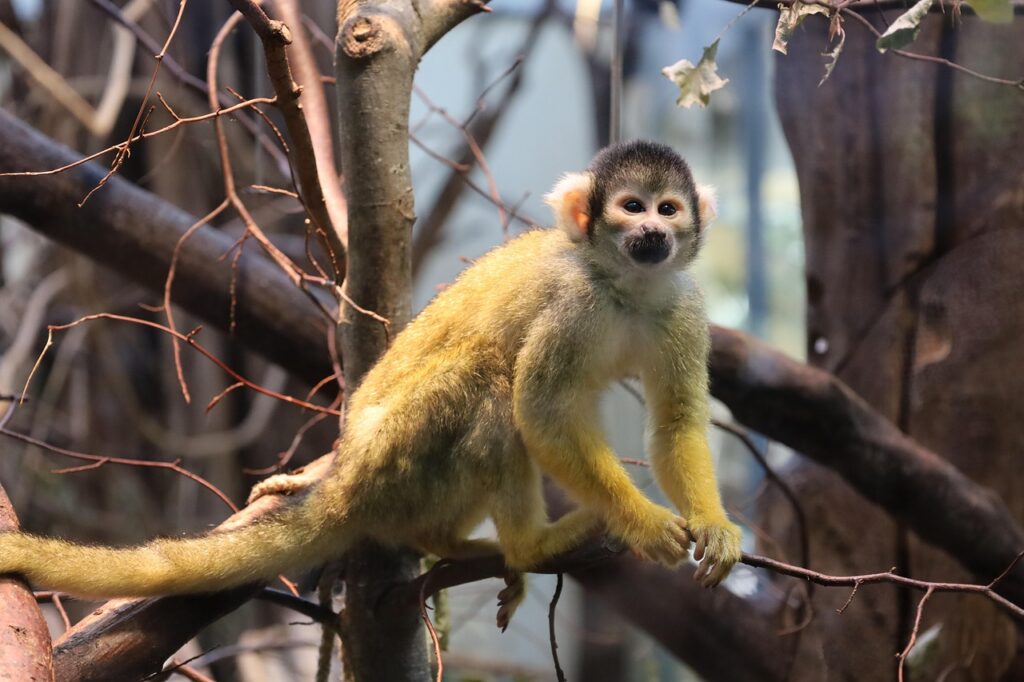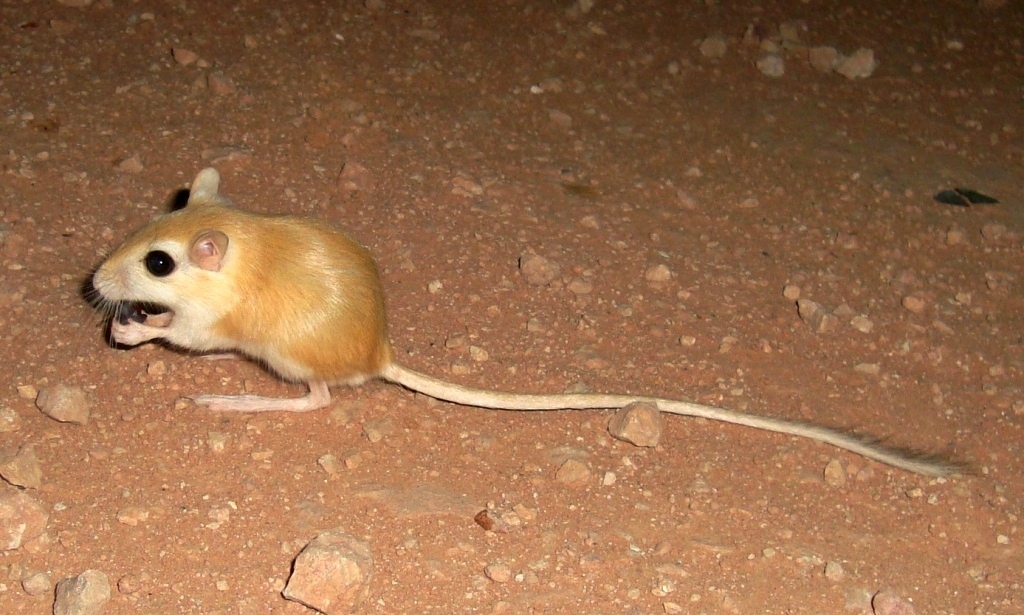
Ever find yourself daydreaming of living out your Disney fantasy, perhaps walking arm in arm with a squirrelly sidekick or taming a pet tiger as your own personal Rajah? It’s a charming notion, isn’t it? However, the truth about pet ownership in the United States is far from a fairytale, often presenting a complex landscape of regulations and surprising prohibitions.
The intricacies are quite fascinating, as few animals are universally proscribed. Instead, the parameters of legality are often defined by individual states or even cities, creating a dynamic patchwork of pet policies across the nation. This isn’t just about exotic preferences; it’s about public safety, animal welfare, and protecting delicate ecosystems from unforeseen disruptions.
While some animals are undeniably off-limits due to their inherent danger or impressive size, such as the mighty bear or the formidable big cat, the reasons for bans can be much more nuanced. Sometimes, it’s about the risk of disease transmission, like Salmonella or Ringworm. Other times, an animal might be simply ill-suited to a state’s particular environment, posing a threat if it escapes into the wild. Understanding these regulations is crucial for any responsible pet enthusiast.
We’ve taken a deep dive into the regulations to bring you a comprehensive guide on animals that, for various compelling reasons, you simply can’t legally own as pets in the U.S. Let’s explore some of these intriguing cases.
1. **Hedgehogs**Hedgehogs are small mammals found in various parts of the world, including Asia, Europe, and Africa. While their adorable appearance might make them seem like ideal companions, they are, in fact, banned as pets in several US states. This prohibition isn’t without good reason, stemming from concerns over both biodiversity and public safety.
One of the primary reasons hedgehogs are illegal in certain areas is their ability to multiply rapidly. Should they be released into the wild, escaped hedgehogs could pose a significant threat to local biodiversity, potentially disrupting existing ecosystems. States like California, Hawaii, Georgia, Washington DC, and Pennsylvania have taken this ecological risk seriously.
Beyond their reproductive prowess, hedgehogs also present a safety hazard for humans. Their quills, which become spiky when these small creatures feel threatened, can cause harm. This defensive mechanism, while natural for the animal, becomes a concern in a domestic setting, adding another layer to the reasons for their restricted ownership.
Read more about: Denmark: A Nordic Model of Stability, Progress, and Environmental Leadership

2. **Ferrets**Ferrets are medium-sized mammals often characterized by their playful yet sometimes aggressive nature. Despite their popularity in some pet circles, they are among the animals that face significant restrictions on ownership across the U.S., largely due to public health and environmental concerns.
A major reason for the ban in many areas is that ferrets are one of the most common carriers of rabies. This makes them a public health risk, especially given their tendency to bite when they feel threatened, which can easily spread germs and diseases. Consequently, states like California, New York, Hawaii, and Washington, DC, have specifically banned them.
Furthermore, ferrets are considered an invasive species. They can escape from their cages with surprising ease, and if released into the wild, they pose a considerable threat to the ecosystem. Some states do allow ferret ownership, but typically with strict conditions such as requiring owners to obtain a permit or ensure their pets receive rabies vaccinations first. This highlights the balance between allowing popular pets and safeguarding public health and nature.
Read more about: Beyond the Blockbusters: 10 Underrated 80s Fantasy Films You Absolutely Need to Discover Now

3. **Monkeys**Monkeys, with their intriguing intelligence and seemingly human-like behaviors, are often a dream pet for many. However, the reality of owning a monkey is far removed from fantasy, leading to their ban as pets in numerous US states. They are notorious for causing trouble and are exceptionally difficult to control, presenting a myriad of challenges for would-be owners.
These primates are inherently messy creatures and tend to perceive anyone other than their primary owner as a threat, which can lead to unpredictable and potentially aggressive behavior. They are also unsuited as pets for more fundamental reasons; monkeys require a large area to move freely, as well as ample light, conditions rarely met in typical household environments.
Moreover, monkeys carry many diseases that can readily affect humans through scratching or biting, posing a significant health risk. Adding to the domestic challenges, peeing and throwing their poop is common among monkeys, making them a continuous menace in any home. States such as California, Colorado, Connecticut, Georgia, and many others have outright banned them.
Interestingly, Florida offers a unique pathway for ownership, where individuals must volunteer with monkeys and pass a written exam before they can legally keep one as a pet. This stringent requirement underscores the extensive commitment and understanding needed to care for such complex animals responsibly.
Read more about: Remember the ’00s? These 14 Pop Culture Moments and Trends Defined an Era!

4. **Sugar Gliders**Sugar gliders are small, captivating marsupials, native not to the US but to Oceania. They have garnered popularity as exotic pets, largely thanks to their adorable appearance and remarkable gliding abilities, reminiscent of a flying squirrel. These nocturnal beings primarily feed on nectar, adding to their unique charm.
Despite their appeal, sugar gliders are classified as exotic animals, and their ownership is strictly banned in several US states and even some cities. Hawaii, Pennsylvania, California, Alaska, and New York City are among the places where keeping these creatures as pets is illegal. The reasons for these bans are rooted in their specific needs and the challenges they present in a domestic setting.
Sugar gliders require expansive living spaces to thrive, allowing them to exercise their natural gliding behavior. Furthermore, they have complex social needs and ideally require interaction with other marsupials to maintain their well-being. When kept in private residences that cannot meet these demanding requirements, many sugar gliders may become unhappy and stressed, leading to welfare concerns.

5. **Bengal Tigers**Big cats, including the awe-inspiring Bengal tiger, are universally considered exotic pets and are illegal in numerous parts of the world, and particularly within the U.S. The Bengal tiger, classified as an endangered species, stands out as one of the most banned big cats. The concept of owning such a magnificent predator as a pet is fundamentally at odds with its wild nature.
Having big cats as pets is simply not ideal. They are wild animals whose natural instincts can kick in at any moment, posing a severe threat to their owners and anyone around them. The inherent dangers associated with their size, strength, and predatory drive make them unsuitable for domestication, regardless of how long they’ve been in captivity.
Recognizing these profound risks, approximately 19 US states have officially classified Bengal tigers as illegal pets. The landscape of big cat ownership has also seen a significant shift with the recent enactment of the Big Cat Public Safety Act, signed by President Biden. This groundbreaking law now prohibits the private ownership of lions and other big cats nationwide.
While some states previously allowed big cat ownership under the condition that the animal was born and raised in captivity, the federal law now provides a clear mandate against it. Existing owners were given a grace period to register their pets, facing severe penalties or imprisonment if they failed to comply. This legislation underscores the understanding that Bengal tigers are simply too wild to be controlled and should never be kept as pets.
Read more about: From Golden Bathtubs to Haunted Hotels: 12 Celebs Whose Outrageous Spending Will Make Your Jaw Drop!

6. **Bats**Bats, often shrouded in mystery and misunderstood, are unfortunately one of the largest carriers of diseases in the animal kingdom. This stark reality is a primary reason why these fascinating creatures are banned from being kept as pets in the United States, posing a significant public health risk.
The global community has witnessed the devastating potential of bat-borne illnesses firsthand. The COVID-19 pandemic, for example, was believed to have originated from a bat in Wuhan, China. This tragic event highlighted the serious zoonotic threats that bats can transmit to humans.
Beyond COVID-19, bats are also responsible for transmitting other severe zoonotic viruses, including MERS, SARS, and rabies. These diseases can be deadly and easily spread, making any close contact or domestic ownership of bats extremely hazardous. Therefore, the widespread ban on bats as pets is a crucial public health measure aimed at preventing future outbreaks and protecting communities.
Read more about: From IRS Nightmares to Bankruptcy Battles: 14 Celebrities Who Faced Serious Financial Legal Trouble

7. **Skunks**Skunks are widely known for their potent defensive spray, earning them the reputation as one of the smelliest animals in the world. This characteristic alone makes them a challenging pet, and their ownership is illegal in many US states for a variety of reasons that extend beyond just their odor.
For those considering owning a skunk, one of the first and most critical steps involves descending the animal, which means surgically removing its scent glands. This procedure is typically performed a month or two after the skunk is born to eliminate its ability to spray. Without this, keeping a skunk in a home environment would be virtually impossible due to the overwhelming smell.
However, even with their scent glands removed, pet skunk ownership remains illegal outside of a few select states. Skunks are animals that startle easily, and their wild instincts make them hard to control, potentially posing a threat to small children or other household members. States like Indiana, Alabama, Iowa, and Florida are among those where pet skunks are explicitly banned, underscoring the legal and practical difficulties associated with keeping these unique creatures as companions.
Continuing our exploration of animals you simply can’t legally own in the U.S., we venture into the territory of creatures that embody both danger and delicate ecological concerns. The following eight animals further illustrate the thoughtful, albeit sometimes surprising, reasons behind America’s intricate pet ownership laws, reminding us that sometimes, the best place for a creature is its natural habitat.
Read more about: Unveiling Cheryl Howard: The Remarkable Life of Ron Howard’s High School Sweetheart, Author, and Unwavering Partner

8. **Alligators**Alligators are formidable, aggressive reptiles renowned for possessing one of the deadliest bite forces in the natural world. These large, wild creatures are, predictably, considered highly unsuitable as pets, leading to their widespread illegality across many US states. Their sheer size and predatory instincts make them an undeniable threat in any domestic environment.
While private ownership of an alligator is strongly discouraged, the legal landscape surrounding them can be surprisingly varied. Some states, such as Alabama, South Carolina, Wisconsin, and Nevada, may allow individuals to own an alligator without requiring any special permits. This can create a false sense of security regarding their suitability as companions.
However, in states like Florida, acquiring a pet alligator requires a specific license, and in eleven other states, a permit is mandatory. In all other states, it is simply unlawful to keep them. The reality is that mature alligators can easily grow beyond eleven feet in length, and their powerful capabilities mean they can inflict severe harm at any moment, regardless of how long they’ve been in captivity.
Read more about: Your Essential Guide: 13 Dangerous U.S. Snakes You Don’t Want to See in Your Yard

9. **Slow Lorises**With their captivating large, round eyes and monkey-like appearance, slow lorises are primates native to Southeast Asia. These fascinating creatures are tragically classified as either vulnerable or critically vulnerable by the IUCN, making their preservation a global concern. Their unique charm, however, belies a significant danger.
The most critical reason why slow lorises are entirely unsuitable as pets, and indeed illegal to own in the U.S., is their toxic bite. These primates possess venom, a rare trait among mammals, which they can deliver through their bite. This venom is highly dangerous to humans, posing a serious health risk to anyone who interacts closely with them.
Furthermore, the slow loris is subject to strict international protection measures. They are explicitly banned from being exported outside of their native countries. Consequently, any attempt to own a slow loris in the United States is considered illegal, underscoring both their endangered status and the very real threat their venomous bite poses.

10. **Kangaroos**When you think of kangaroos, your mind likely leaps to the vast plains of Australia and New Guinea, their native lands. These impressive marsupials are recognized for their powerful hind legs and unique method of locomotion. While it might come as a surprise, most US states actually permit kangaroo ownership, a stark contrast to many other exotic animals on our list.
Despite their sometimes gentle portrayal, kangaroos are considered dangerous to humans due to the immense strength of their legs. Their defensive mechanism involves leaning on their powerful tails for balance while delivering deadly kicks with both of their legs simultaneously. This inherent wildness makes them far from ideal domestic companions, regardless of how accustomed they might become to human presence.
However, some states have recognized these significant risks and have wisely prohibited their ownership. Georgia and Utah stand out as states where keeping a kangaroo as a pet is specifically outlawed, prioritizing public safety over the novelty of owning such a distinctive and potentially hazardous animal.
Read more about: Your Ultimate Pre-40 Bucket List: 14 Incredible Countries You Absolutely Must Explore!

11. **Monk Parakeets**Often known as Quaker parakeets, these lively birds are found across various parts of the world, including North America, South America, and Europe. Their bright green plumage and social nature make them appealing to some bird enthusiasts. However, their charm comes with an ecological caveat, leading to bans in numerous US states.
One of the primary concerns with monk parakeets is their tendency to escape from captivity and rapidly form large, self-sustaining flocks in the wild. These burgeoning colonies can then have a significantly negative impact on local ecosystems, potentially outcompeting native bird species for resources and even damaging agricultural crops.
States that have taken proactive measures to prevent such ecological disruptions include California, Colorado, Hawaii, Connecticut, Kentucky, Georgia, Rhode Island, Pennsylvania, Wyoming, and Tennessee, all of which prohibit keeping monk parakeets as pets. In some areas where ownership is permitted, owners are required to obtain a permit and even micro-chip their birds, reflecting the serious efforts to monitor and control their population.

12. **Gerbils**Gerbils are small, active rodents widely found across the globe and popular as pets in many American households. Their playful demeanor and relatively easy care make them a common choice, but even these seemingly innocuous creatures face strict prohibitions in certain states. This ban isn’t about their danger to humans, but rather their potential threat to local ecosystems.
These mammals are known for their extremely rapid reproduction rate. While this might seem like a minor detail in a controlled home environment, it becomes a significant ecological concern if gerbils manage to escape into the wild. They mature quickly and, if left to breed uncontrollably, can become a serious menace, disrupting natural habitats and competing with native species.
Hawaii and California are the only two states where it is unequivocally illegal to keep a gerbil as a pet. The reasoning is rooted in the natural desert habitats found in these states, which closely resemble gerbils’ native environments. This climatic similarity could enable escaped gerbils to thrive, breed prolifically, and quickly become an invasive scourge, posing a risk to the fragile local biodiversity.

13. **Hamsters**Much like their rodent cousins, the gerbils, hamsters are another popular pet that, surprisingly, finds itself on the prohibited list in specific US states. These small, often cuddly, creatures are classified as invasive rodents, a designation that dictates their legality in certain regions for environmental protection.
California and Hawaii have both banned hamsters as pets, and the rationale echoes the concerns seen with gerbils. The climates in these states bear a vague similarity to hamsters’ natural habitats. This environmental congruence means that if pet hamsters were to escape into the wild, they could easily establish feral populations.
Such escaped populations pose a significant threat to the natural ecosystem. Wild hamsters can rapidly multiply, outcompeting native species, damaging agricultural crops, and becoming destructive pests. The bans in these states are a preventative measure, designed to protect local agriculture and indigenous wildlife from the potential disruptions an invasive hamster population could cause.
Read more about: Your Comprehensive Guide to Flying with Emotional Support Animals: Navigating New Rules and Airline Policies Like a Pro

14. **Small Turtles**For many years, small turtles, often sold as adorable tiny reptiles, were popular pets, especially for children. However, the U.S. Food and Drug Administration (FDA) has, since 1975, implemented a nationwide ban on the purchase and sale of turtles with a shell length, or carapace, of less than four inches. This regulation applies universally, including popular snapping turtles.
This federal prohibition is not about the turtle’s aggression or its impact on the environment, but rather a crucial public health measure. Small turtles, regardless of their appearance, naturally carry Salmonella bacteria on their shells. While adult immune systems can often handle exposure, children, whose immune systems are still developing, are particularly vulnerable to severe illness from Salmonella infection.
Consequently, while larger turtles can still be legally imported and sold under federal law, the smaller varieties remain strictly regulated. This highlights a critical aspect of pet ownership laws: sometimes, the ban is not about the animal’s inherent danger, but about its potential to transmit diseases that pose a serious risk to human health, especially to the most susceptible members of our communities.
Read more about: Beyond the Bait: Critical Challenges and Concerns That Can Turn Modern Fishing into an Environmental Hazard

15. **Venomous Snakes**It almost goes without saying, but venomous reptiles are inherently unsafe to keep within a household environment. Their capacity to seriously injure or even kill a human, especially if they feel threatened or are mishandled, makes them one of the most widely prohibited categories of pets across the United States.
Almost every US state has classified venomous snakes as illegal pets, and their sale is strictly prohibited. This blanket ban is a direct response to the undeniable public safety risk they present. Even if one were to consider the ethically questionable practice of removing their venom, these species are still illegal to own in numerous states, with regulatory bodies recognizing the continued danger.
Indeed, the illicit trade of these dangerous creatures is a persistent problem, with venomous species frequently discovered being sold unlawfully, as was seen recently in Georgia and Florida. This ongoing challenge further underscores why robust legislation against their private ownership is not just recommended, but absolutely essential for the safety of individuals and communities alike.
Read more about: The Iconic Moment Steve Irwin Was Bitten By a Snake on Live TV: An Unforgettable Display of True Wildlife Warrior Cool!
As we conclude this comprehensive journey through the world of forbidden pets, it becomes clear that the regulations governing animal ownership in the U.S. are as diverse and complex as the animals themselves. From apex predators like alligators and venomous snakes, whose raw power and potential for harm are undeniable, to seemingly benign creatures like gerbils and small turtles, whose illegality stems from ecological risk or public health concerns, each prohibition tells a story. These laws serve as crucial safeguards, balancing human safety, animal welfare, and the delicate balance of our natural ecosystems. Understanding these nuances isn’t just about legality; it’s about fostering responsible pet ownership and respecting the wild heart that beats within every creature, ensuring they thrive in their rightful place – whether that’s in our homes, with the proper care and legal standing, or untamed in the wilderness.



